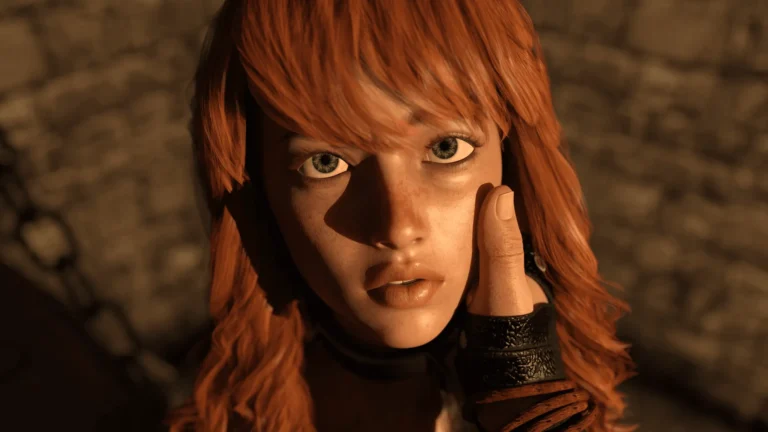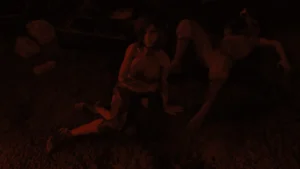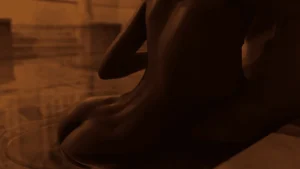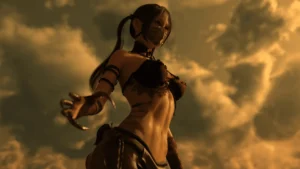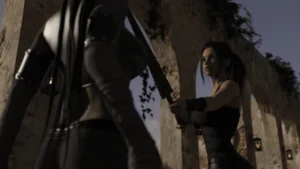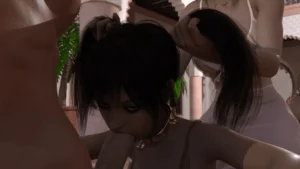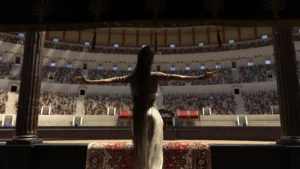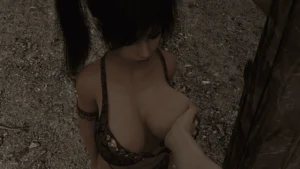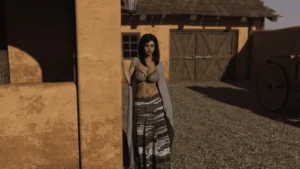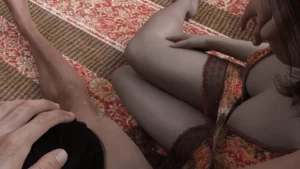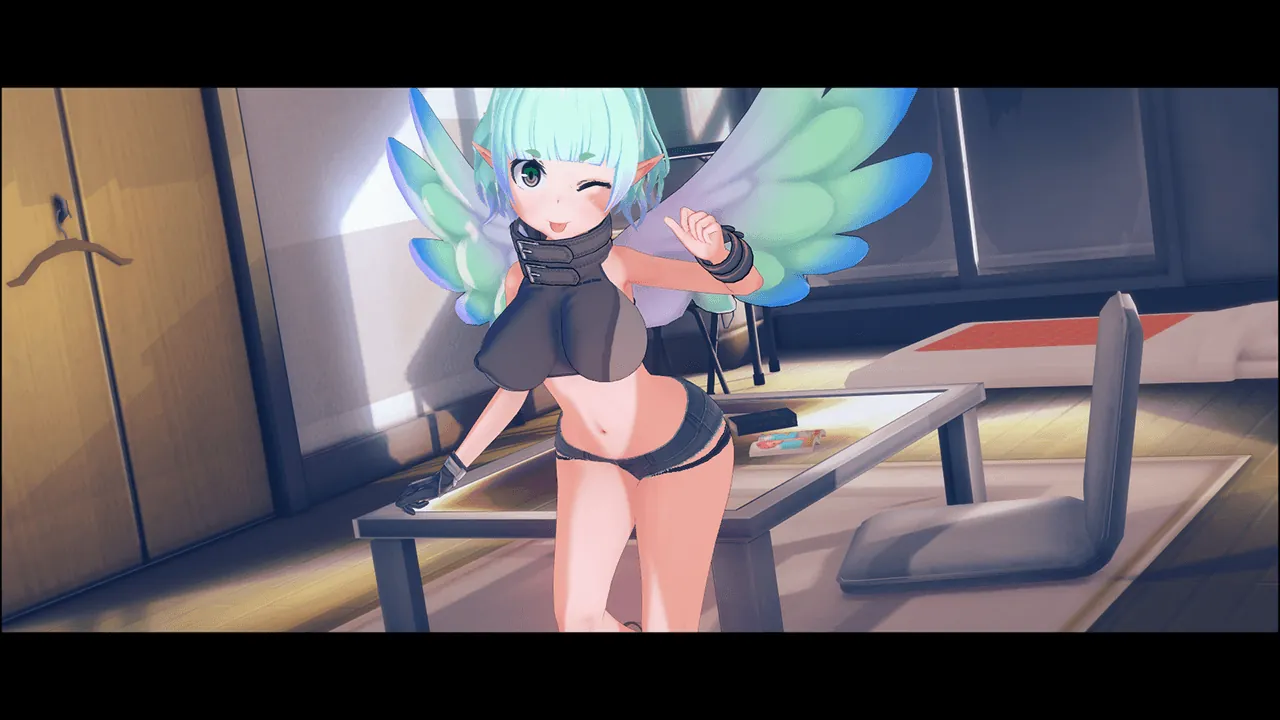
Desert Stalker
Play Desert Stalker
Desert Stalker review
Exploring the Post-Apocalyptic World of Desert Stalker
Desert Stalker is a captivating adult adventure game set in a post-apocalyptic world, where players take on the role of a seasoned antiquity scavenger. With its rich storyline and immersive gameplay, Desert Stalker offers a unique blend of exploration, character development, and adult content. This article delves into the game’s mechanics, its engaging narrative, and what sets it apart from other adult games.
Gameplay and Mechanics
Let me tell you about the first time I truly got lost in the world of Desert Stalker. I was supposed to be following a lead on a water caravan, but a distant, crumbling structure caught my eye. An hour later, I was still there, picking through the ruins, uncovering a side story about its former inhabitants that had nothing to do with my main goal and everything to do with the rich, haunting post-apocalyptic setting. That’s the magic of this game’s design. 🏜️
The Desert Stalker gameplay loop isn’t about checking off tasks on a list; it’s about living in a world that feels vast, dangerous, and alive. It masterfully blends the freedom of exploration with a narrative that reacts to your every decision, setting a high bar for adult adventure games.
Free Roam System and Exploration
What I adore about the free roam system in Desert Stalker is what it doesn’t have: the grind. 🚫 You won’t find yourself collecting 10 wolf pelts or clearing out identical bandit camps for the tenth time. Instead, exploration is driven by genuine curiosity and survival. The world is your sandbox, filled with hidden locations, environmental storytelling, and unpredictable encounters.
You might stumble upon a sealed bunker with a tragic story told through scattered logs, or get caught in a sudden, vision-obscuring sandstorm that forces you to find immediate shelter. 🌀 This approach makes every journey feel unique and personally motivated. The map isn’t cluttered with a thousand icons; you uncover it by seeing a landmark on the horizon and deciding, “I’m going to check that out.” It’s a free roam system that respects your intelligence and rewards your sense of adventure.
Character Development and Choices
This is where Desert Stalker truly shines. You aren’t playing a predefined hero on a righteous path. You are shaping a survivor, and the game gives you the tools to craft a genuine anti-hero. The character development in games is often about increasing stats; here, it’s about defining a moral compass—or the lack of one. 🧭
Every significant interaction presents you with a choice, and these aren’t simple “good vs. evil” binaries. They are messy, difficult decisions where every option has a consequence.
Pro Tip: Don’t reload a save just because a choice had a negative outcome. The most compelling stories in Desert Stalker come from dealing with the fallout of your decisions.
For example, early on, I encountered a small, struggling settlement low on supplies. I had a cache of purified water and food. I could:
* Give them the supplies, earning their trust but weakening my own reserves for the dangerous journey ahead.
* Trade it for a valuable artifact, strengthening my own position but leaving them more vulnerable.
* Take what little they had by force, ensuring my own survival at the cost of my humanity and creating potential enemies later.
The game doesn’t judge you for these choices; it simply weaves them into the narrative tapestry. Your reputation precedes you, opening up new dialogue options or slamming doors shut with different factions. This deep character development in games makes your version of the Stalker feel uniquely yours.
| Character Trait | How It Manifests in Gameplay |
|---|---|
| Merciful | Might spare enemies, leading to unexpected alliances or aid later. |
| Ruthless | Intimidating presence opens up fear-based dialogue options and can avoid combat through threats. |
| Pragmatic | Focus on resource-based decisions, often finding the most efficient, if not the kindest, solution. |
Combat and Interaction Mechanics
The Desert Stalker gameplay in combat is as brutal and unforgiving as the world itself. 🔫 This isn’t a power fantasy where you mow down hundreds of enemies. Every encounter is a high-stakes struggle for survival. The combat is tactical, forcing you to use the environment, manage your limited ammunition, and assess threats carefully. A direct assault is often a last resort.
But what truly elevates the experience is how combat is integrated with the other mechanics. Many potential fights can be avoided entirely through dialogue, intimidation, or stealth, all of which are influenced by your character’s development and past choices. You might talk your way past raiders because you helped one of their kind weeks ago, or you might sneak through a ruin to avoid a mutated horror you’re not equipped to handle.
Interaction isn’t just about fighting or talking. It’s about scavenging for every last bullet, purifying dirty water, and maintaining your gear. These actions are seamless parts of the Desert Stalker gameplay, not tedious minigames. They ground you in the reality of the post-apocalyptic setting and make every resource you find feel earned and valuable. 🔧
Ultimately, the mechanics of Desert Stalker work in perfect harmony. The free roam system encourages exploration, which leads to resources and stories that fuel your character development, which in turn defines how you approach the tense combat and interactions. It’s a masterclass in creating a cohesive and deeply immersive experience that will keep you coming back to the dunes. 🌅
In conclusion, Desert Stalker offers a unique gaming experience by combining a rich narrative with engaging gameplay mechanics. Its post-apocalyptic setting and complex characters make it stand out in the adult gaming genre. Whether you’re drawn to the game’s story or its immersive world, Desert Stalker is certainly worth exploring for fans of adult adventure games.
